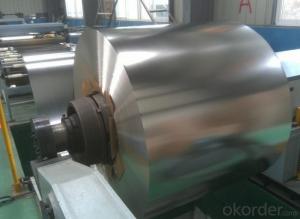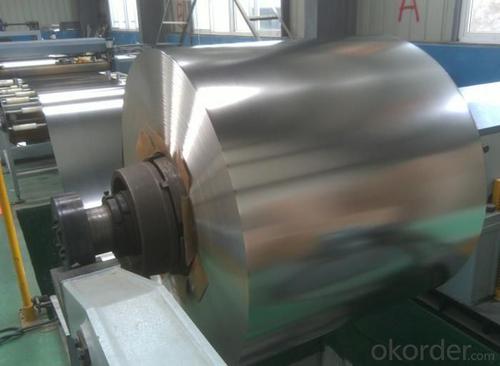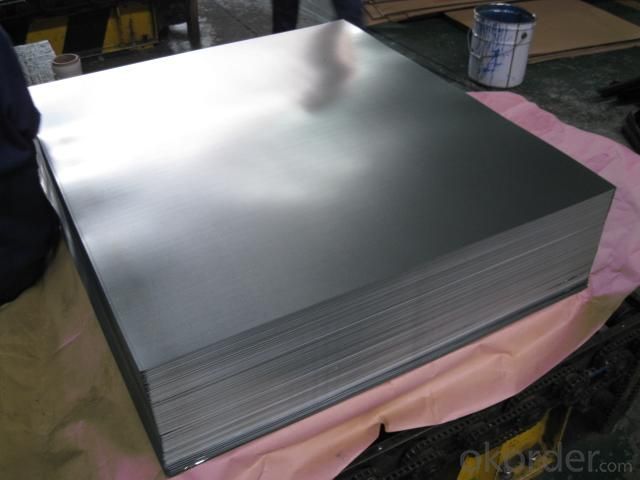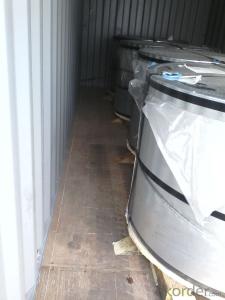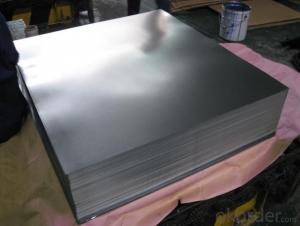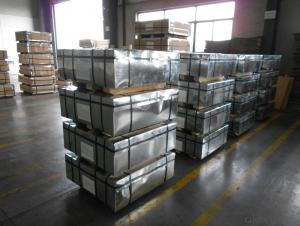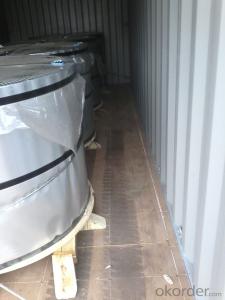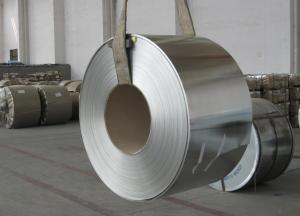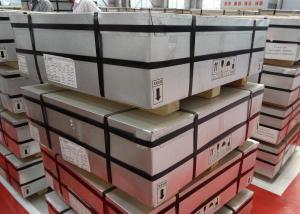PRIME Quality Tinplate ETP For Can Body and Bottom
- Loading Port:
- Tianjin
- Payment Terms:
- TT OR LC
- Min Order Qty:
- 100 m.t.
- Supply Capability:
- 40000 m.t./month
OKorder Service Pledge
Quality Product, Order Online Tracking, Timely Delivery
OKorder Financial Service
Credit Rating, Credit Services, Credit Purchasing
You Might Also Like
PRIME Quality Tinplate ETP For Can Body and Bottom Images
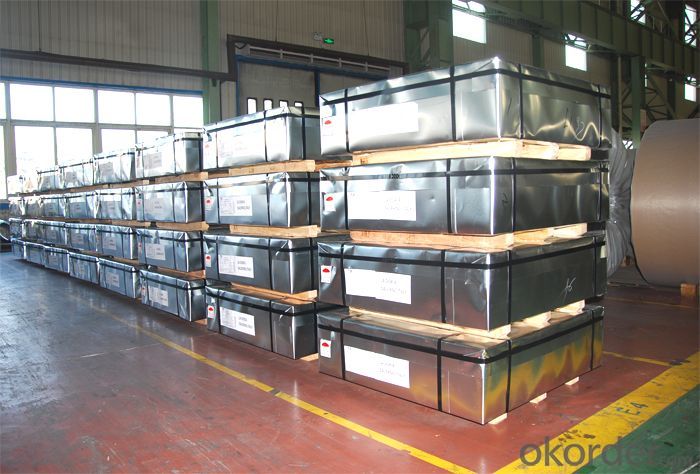
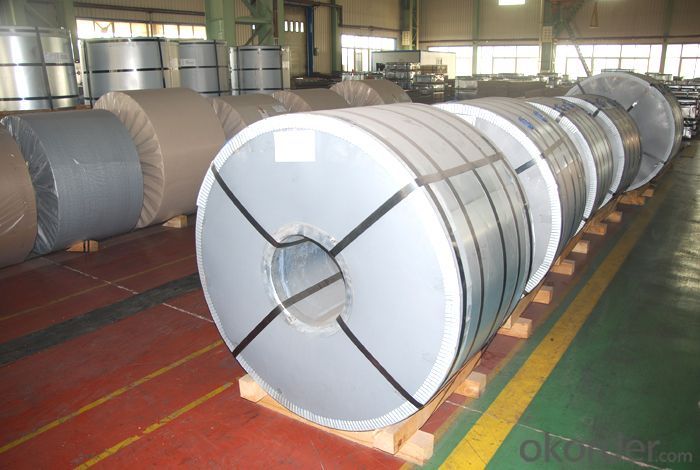
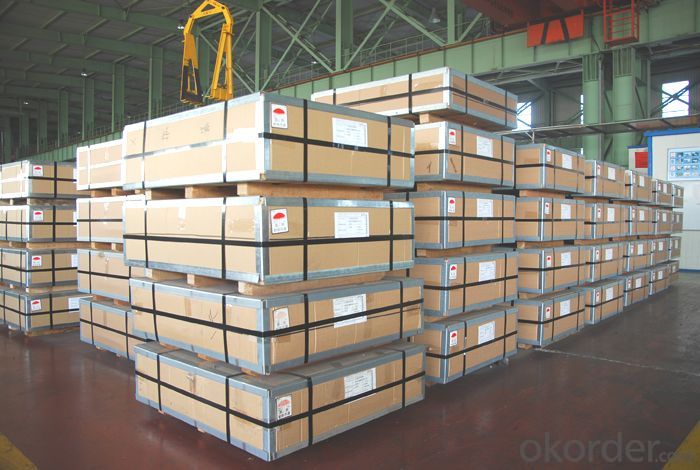
PRIME Quality Tinplate ETP For Can Body and Bottom Specification

FAQ of PRIME Quality Tinplate ETP For Can Body and Bottom
How long does it take to get the product if i place an order?
With the process of your requirements,we will pack and deliver in 3-7 days.If it is by sea shipment,it will take 15-45 days depending on different locations.
- Q: What are the main applications of tinplate in the photography industry?
- Tinplate is commonly used in the photography industry for the production of film canisters and film backing, which are essential components for storing and protecting photographic film. Tinplate's durability, lightness, and ability to provide airtight protection make it an ideal material for these applications. Additionally, tinplate can also be used for the production of photographic chemicals and toners, ensuring their safe and efficient storage.
- Q: What are the considerations for handling and storing tinplate coils?
- Considerations for handling and storing tinplate coils include ensuring proper lifting and handling techniques to prevent damage, maintaining a clean and dry storage area to prevent corrosion, using appropriate protective measures such as wrapping or covering the coils, and implementing a systematic inventory management system to facilitate easy access and rotation of the coils.
- Q: How is tin coating applied to the steel substrate?
- Tin coating is typically applied to the steel substrate through a process called electroplating. In this method, the steel substrate is first cleaned and prepared to ensure proper adhesion of the tin coating. It is then immersed in an electrolyte bath containing tin salts, and an electrical current is applied. The current causes the tin ions to be reduced and deposited onto the steel surface, forming a thin layer of tin coating. This electroplating process helps to improve the corrosion resistance and appearance of the steel substrate.
- Q: Can tinplate be used for construction applications?
- Yes, tinplate can be used for construction applications. Tinplate, which is a thin steel sheet coated with a layer of tin, offers several advantages such as strength, durability, and corrosion resistance. It is commonly used in construction for various applications including roofing, siding, wall panels, and decorative elements. Additionally, tinplate can be easily formed and shaped, making it suitable for different construction needs.
- Q: What are the main applications of tinplate in the electrical industry?
- Tinplate is commonly used in the electrical industry for various applications such as manufacturing of electrical enclosures, transformers, and other electrical components. Its corrosion-resistant properties make it ideal for protecting electrical equipment from moisture and other environmental factors. Additionally, tinplate's excellent solderability allows for easy assembly and connection of electrical circuits.
- Q: Tin can weldingHow can the side of the column of the pop top be welded or pressed?,
- The iron material thickness uniformity in the welding process, welding voltage and high requirement of control, the slightest mistake will cause breakdown or welding point is easy to fall off. As for the production of specific steps, personal suggestions to the scene you see, because the whole process is relatively simple, and when it comes to the production process and principle very boring, tedious. So, if you just want a rough understanding, there is no need for this.
- Q: How is tinplate used in the automotive industry?
- Tinplate is commonly used in the automotive industry for manufacturing various components such as fuel tanks, oil filters, and battery casings due to its excellent corrosion resistance and ability to withstand high temperatures. It ensures durability and helps maintain the integrity of these parts, enhancing the overall performance and safety of vehicles.
- Q: How is tinplate used in the production of aerosol valves?
- Tinplate is used in the production of aerosol valves as it provides a durable and corrosion-resistant material for the valve components. It helps to maintain the integrity of the valve, ensuring a reliable and leak-proof seal. Additionally, tinplate can be easily formed into intricate shapes, allowing for the precise design and functionality required in aerosol valves.
- Q: How has tinplate evolved over the years?
- Tinplate has evolved significantly over the years with advancements in production techniques and technology. Initially, tinplate was made by hand, resulting in inconsistent quality and limited production. However, with the development of mechanized processes, tinplate production became faster, more efficient, and cost-effective. Additionally, improvements in tin coating methods have enhanced the durability and corrosion resistance of tinplate. Nowadays, tinplate is produced using high-speed mills and advanced coating technologies, ensuring consistent quality, customization options, and increased market demand.
- Q: What are the main challenges in the production of tinplate?
- The main challenges in the production of tinplate include ensuring a consistent quality of tin coating on the steel substrate, controlling the thickness of the tin layer, preventing contamination during the production process, managing the formation of tin oxide, and minimizing the occurrence of defects such as pinholes or scratches on the tinplate surface. Additionally, maintaining a stable and efficient production line, optimizing energy consumption, and complying with environmental regulations are also significant challenges.
Send your message to us
PRIME Quality Tinplate ETP For Can Body and Bottom
- Loading Port:
- Tianjin
- Payment Terms:
- TT OR LC
- Min Order Qty:
- 100 m.t.
- Supply Capability:
- 40000 m.t./month
OKorder Service Pledge
Quality Product, Order Online Tracking, Timely Delivery
OKorder Financial Service
Credit Rating, Credit Services, Credit Purchasing
Similar products
Hot products
Hot Searches
Related keywords
